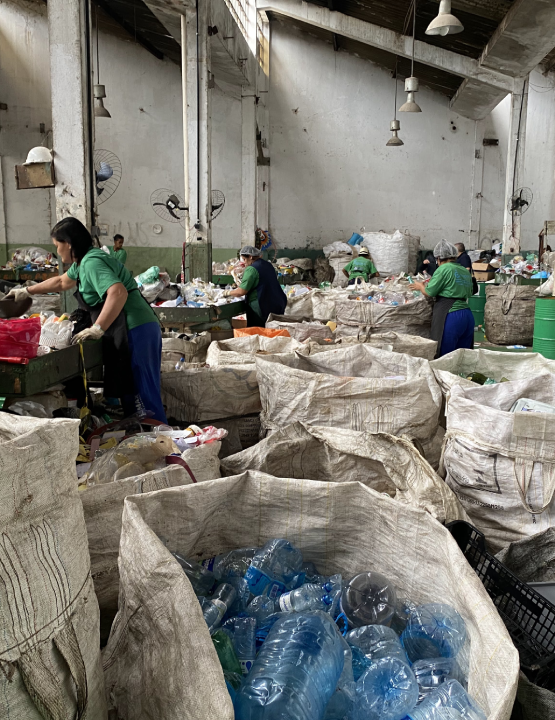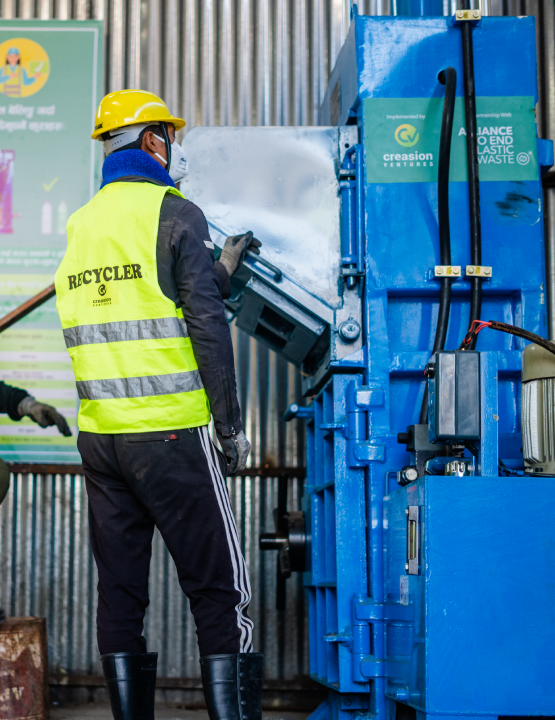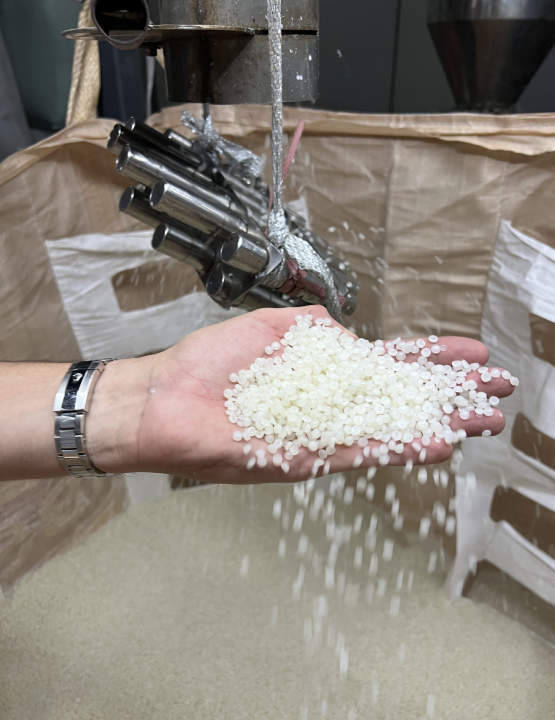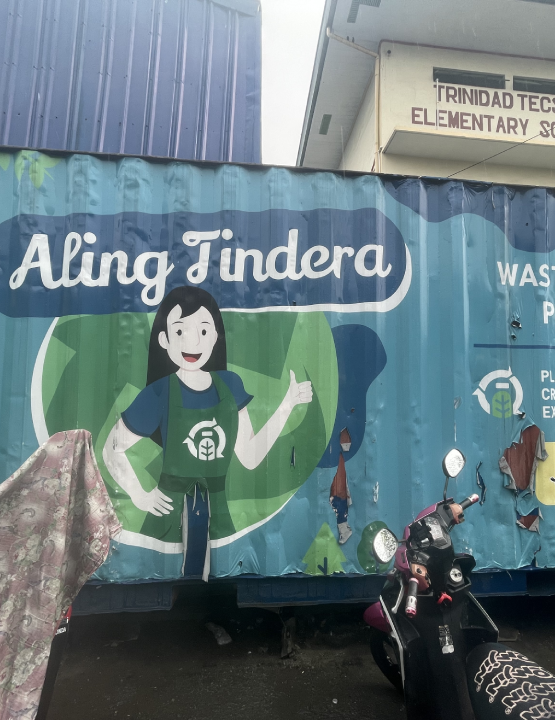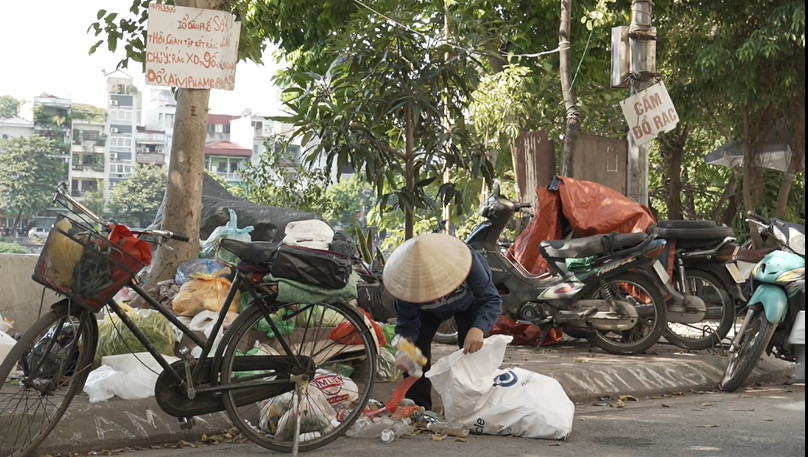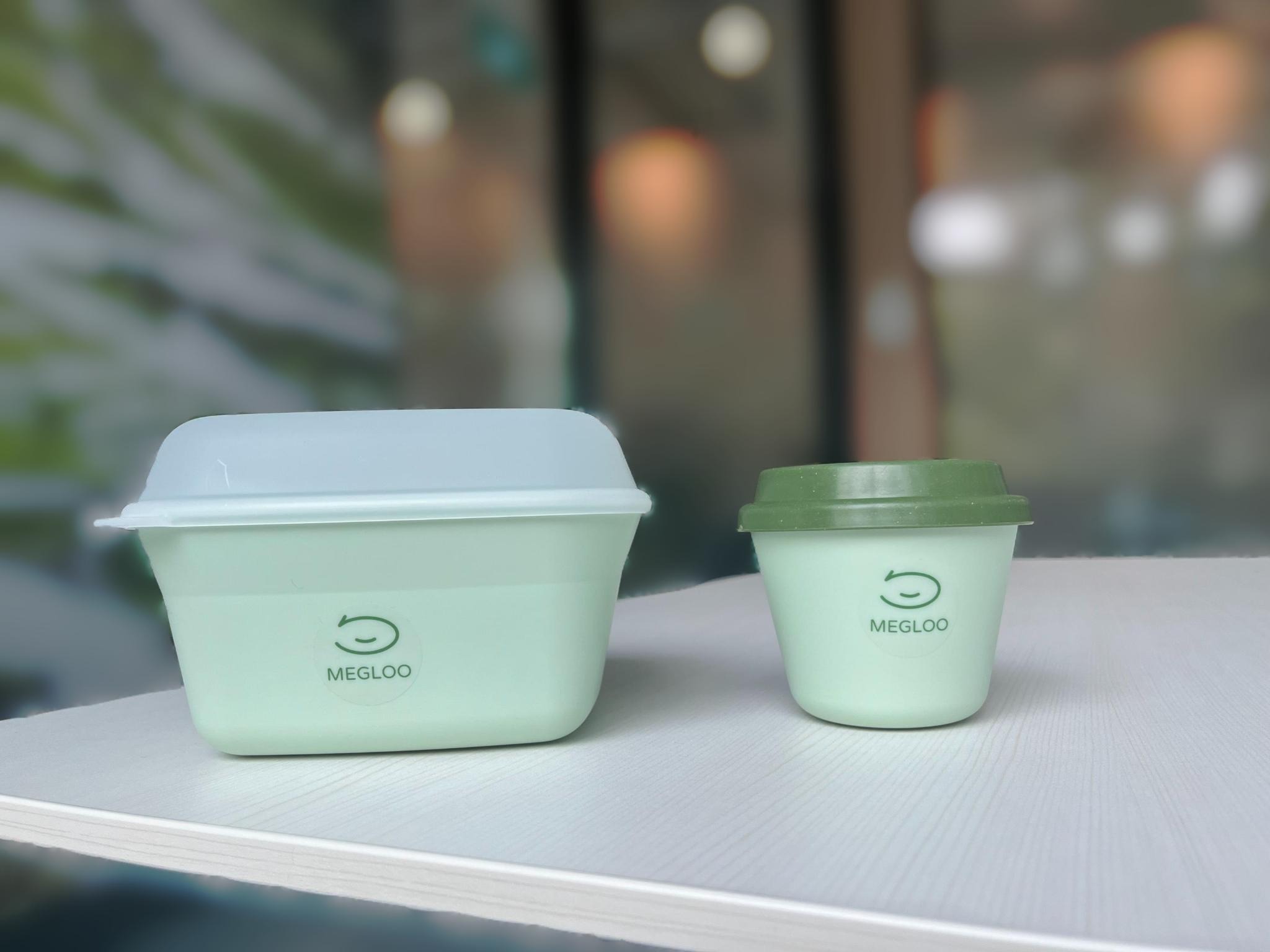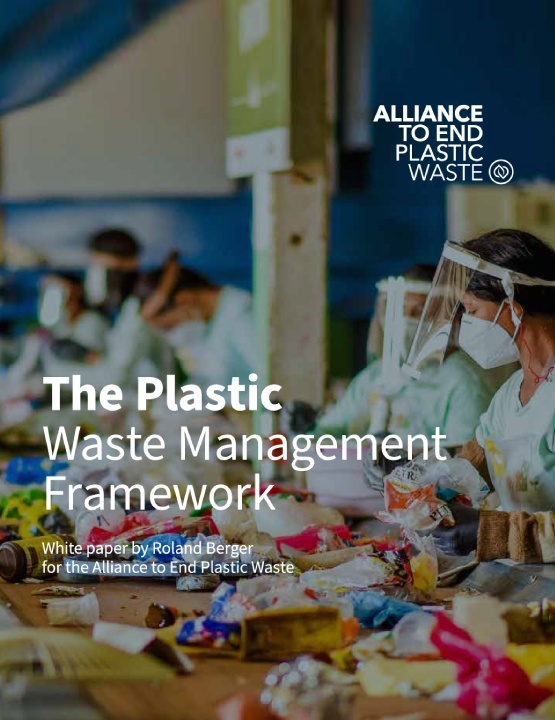The circular economy, a buzzword of the moment, could help save the planet and ensure renewed economic growth for decades to come

What is the circular economy?

Overview
The ‘circular economy’ is a buzzword familiar from corporate reports and mission statements everywhere. But if you’ve been diligently reducing your use of single-use plastics, putting your plastic packaging from the supermarket in the recycling bin, or reusing whenever you can, you've unknowingly been helping to build the circular economy for years.
So what exactly is it? In truth, the circular economy is far more than a buzzword—it’s a systems philosophy that aims to reduce waste and help regenerate the natural world, benefitting society and the economy on the way.
The best way of understanding it is to look at its opposite first: the old-style ‘linear economy’, the model the world has been following since the first industrial revolution.
This means ‘take-make-dispose’: extracting resources used to produce goods, then throwing the by-product waste away. Not only is this a waste of natural resources, it can also create a major waste management problem and higher greenhouse gas emissions.
No one can do it alone
The circular economy decouples economic activity from the resource consumption that is harming the planet.
By designing out waste from the system—through the reuse, repair and refurbishment of products, and processes like recycling—it aims to reduce the input of resources needed and create economic cycles that are a ‘closed loop’. This starts with energy consumption: using renewable sources, rather than ones that use finite resources like coal and gas, is the underpinning of the circular economy.
The concept has existed since the 1960s, but a 2013 report commissioned by the Ellen MacArthur Foundation, Towards a Circular Economy, put it at the top of the modern business agenda.
It means a radical economic transformation—a recognition that businesses along the supply chain are interlinked and ‘no one can do it alone’. But implementing a circular economy will not only benefit the environment but also secure long-term economic viability, benefitting society in the process. In Europe, it’s estimated by 2030 the circular economy will be worth an additional 0.6% in annual growth and reduce CO2 emissions by 48%.
From waste to worth
Which all sounds great, but what does the circular economy look like in practice? Companies around the world who value sustainability have been trying to implement its principles and restructure their business models for many years now.
Renault was the first car-maker to directly invest in the circular economy, creating subsidiaries through which it controls the flow of recycled parts and materials from its cars when they reach the end of life. It focuses on ‘short-loop recycling’ that produces resources that already fit the specifications for use within the automobile industry—more sustainable than repurposing for other sectors.
This applies to aluminium, copper and textiles—but the company is currently pushing hard on plastics recycling. It has used recycled plastics in its cars since the 1990s, and there is currently 50kg of such material in a Renault Espace—one example of its “front-end design” for recyclability.
But it is looking to increase recycled plastic content from the current level of around 15-20%, and expand plastic recovery from end-of-life vehicles to markets beyond Europe. It recently signed up to France’s Circular Economy Roadmap, which envisages a 100% plastic recycling rate by 2025.
Ikea is another giant chasing sustainability: it has committed to only using renewable and recycled resources by 2030. Currently, 60% of materials used are renewable and 10% recycled—so it is well on track.
Plastics are used as components and to fabricate entire items throughout its home furnishings range. By the end of this year, the company should have phased all single-use plastics from its products.
To use the terms of the circular economy, these are efforts to reduce waste and close loops within ‘technical cycles’. But there are also ‘biological cycles’ into which we must also invest to ensure we don’t deplete the natural world. As the largest single consumer of the world’s wood supplies—1%—this is something Ikea are focused on: currently, 97% of their wood is sustainably sourced.
A circle around the world
Because the circular economy must apply across entire supply chains, this interconnectedness is by definition global in scope. Though recycling capabilities and consumer knowledge are rapidly advancing in many parts of the world.
As one of the world's largest manufacturers, China has incorporated the circular economy into its policies since 2002.
Now the challenge is to successfully implement these principles, both through government municipal programmes such as waste collection and private-public partnerships. In 2019, China designated 11 cities, including Shenzhen, Sanan, and parts of Beijing, to take part in a pilot programme to move towards ‘zero waste’, aiming to establish regulations, technology and processes that can be rolled out in the rest of the country. All cities above prefecture level should have comprehensive garbage classification systems by 2025.

